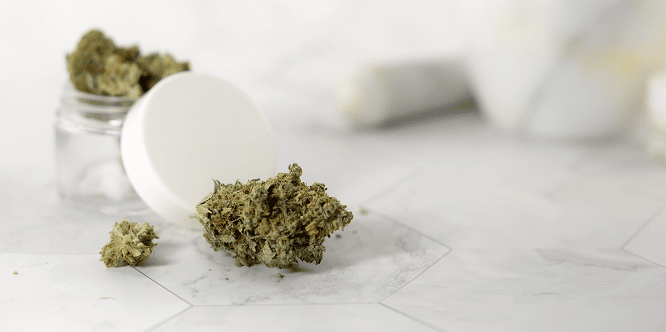Synthetic drugs, are becoming more prevalent in workplaces as users look for quicker, greater, and easier highs and dealers look for ways to circumvent drug laws. Here’s what you need to know as an employer.
Tag : Drug Screen
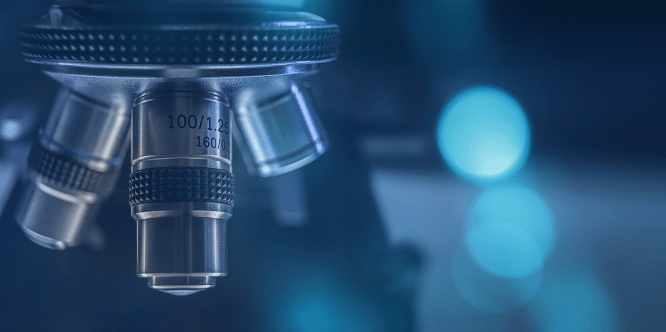
Why Oral Fluid Drug Testing is Gaining Popularity
The Department of Transportation (DOT) is considering amendments to their drug testing program to include oral fluid testing as an acceptable workplace drug testing method. In light of this potential shift, oral-fluid testing is becoming more popular with Canadian and US employers. Keep reading to learn more…
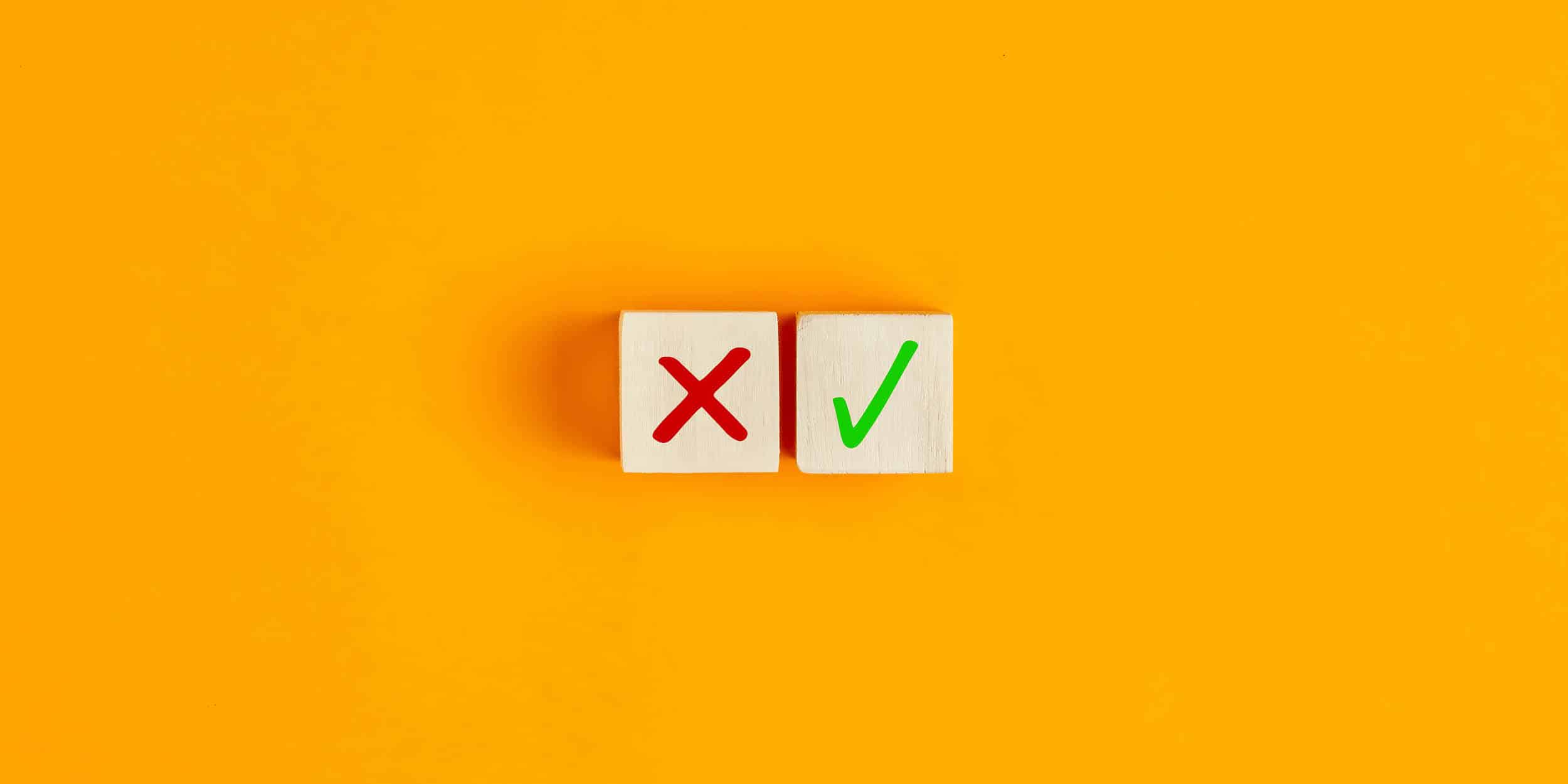
Non-Negative Results: What do they mean?
A non-negative specimen is not the same as a positive specimen. A drug test result is categorized as positive if testing indicates the presence of a targeted drug or its metabolite at a level above the minimum cut-off. However, a non-negative specimen also does not clearly indicate that the test subject has not used prohibited drugs.
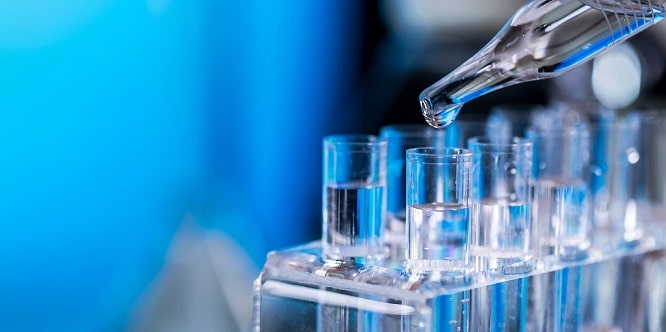
13-Panel Drug Test: The Most Extensive Drug Screen
The 13-panel drug test screens for commonly misused prescription drugs and illegal substances including Amphetamines, Barbiturates, Benzodiazepines, Cannabinoids, and more. Learn more…
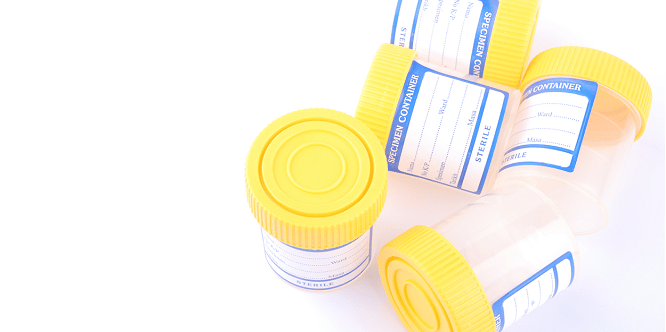
Drug Testing Cut-off Levels: What You Need to Know as an Employer
Understand drug testing cut-off levels for various test types, including urinalysis, oral fluid, and hair follicle testing.
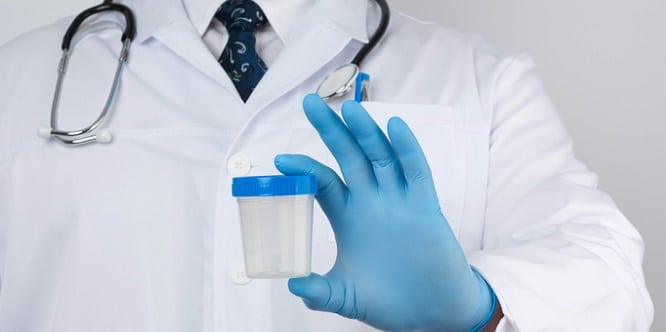
The Benefits Of Urine Drug Testing In The Workplace
Get a quick overview of the benefits of urine drug testing in the workplace, including the substances detected and more.
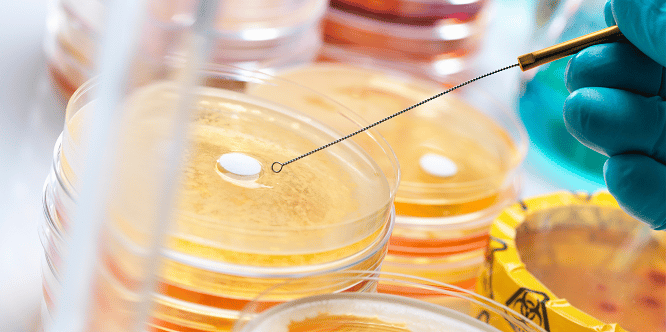
8-Panel Drug Testing: The most popular workplace drug test
A primer on this popular test that has become the default selection for many employers in their workplace drug testing programs.
